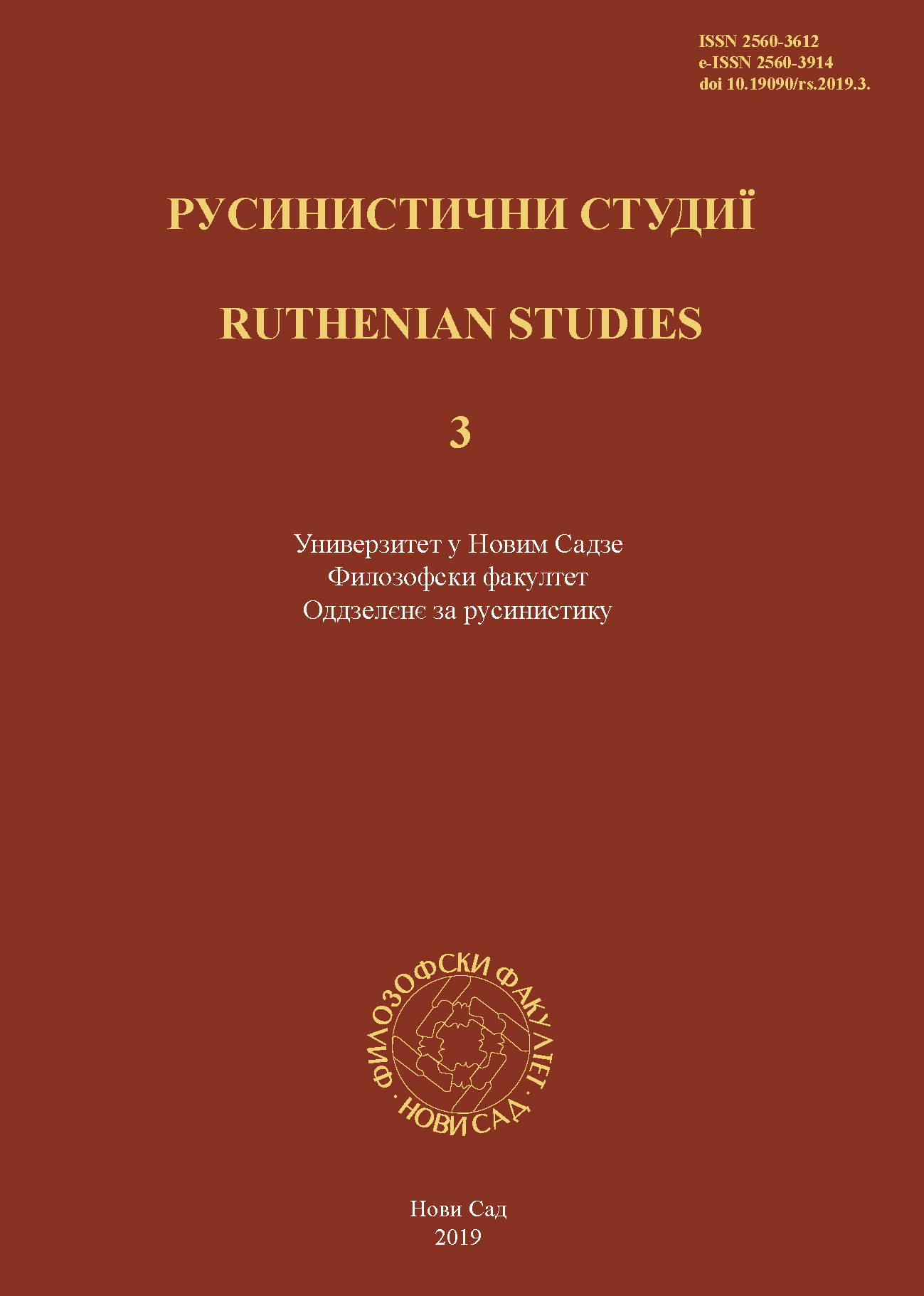
Предклади за инкорпорованє апа стилу до руского правопису
There was a kind of chaos in formatting works for publishing, citing and referencing sources in Ruthenian scientific and professional publishing practice, and it is still prevalent today. The basic goals of this paper are to present the rules that would lead to the unification of work publication style, and to enable the updating of orthography of the Ruthenian language, since the still-valid Orthography Rule-Book of the Ruthenian language by Nikola N. Kočiš dates back to 1971. The basis of the proposed rules is the APA style, i.e. the sixth version of the APA style. The author considers the APA standards dominant in all scientific areas (natural, humanistic, technical, social, medical sciences), that the author ‒ date principle is the most suitable style for referencing both printed and electronic sources, and that by adopting the APA standards we will be able to get our works closer to the modern world. In order to ensure a clear and consistent presentation of our works, the author of this paper proposes several basic rules for the use of periods, commas, semicolons, colons, quotation marks, parentheses, brackets, slashes, dashes, hyphens, points, italic font, bold font, small letters, capital letters, Latin letters, and footnotes
More...
